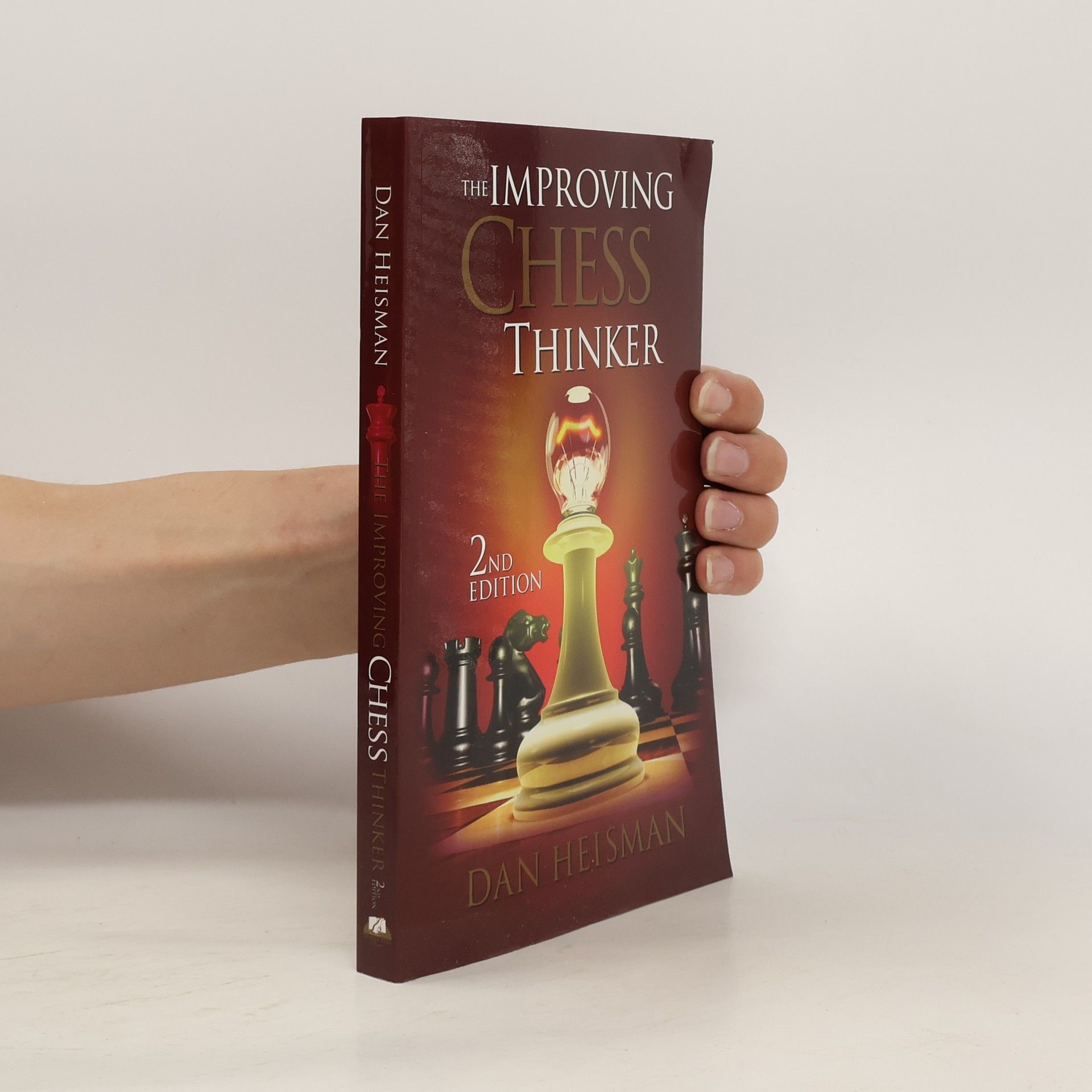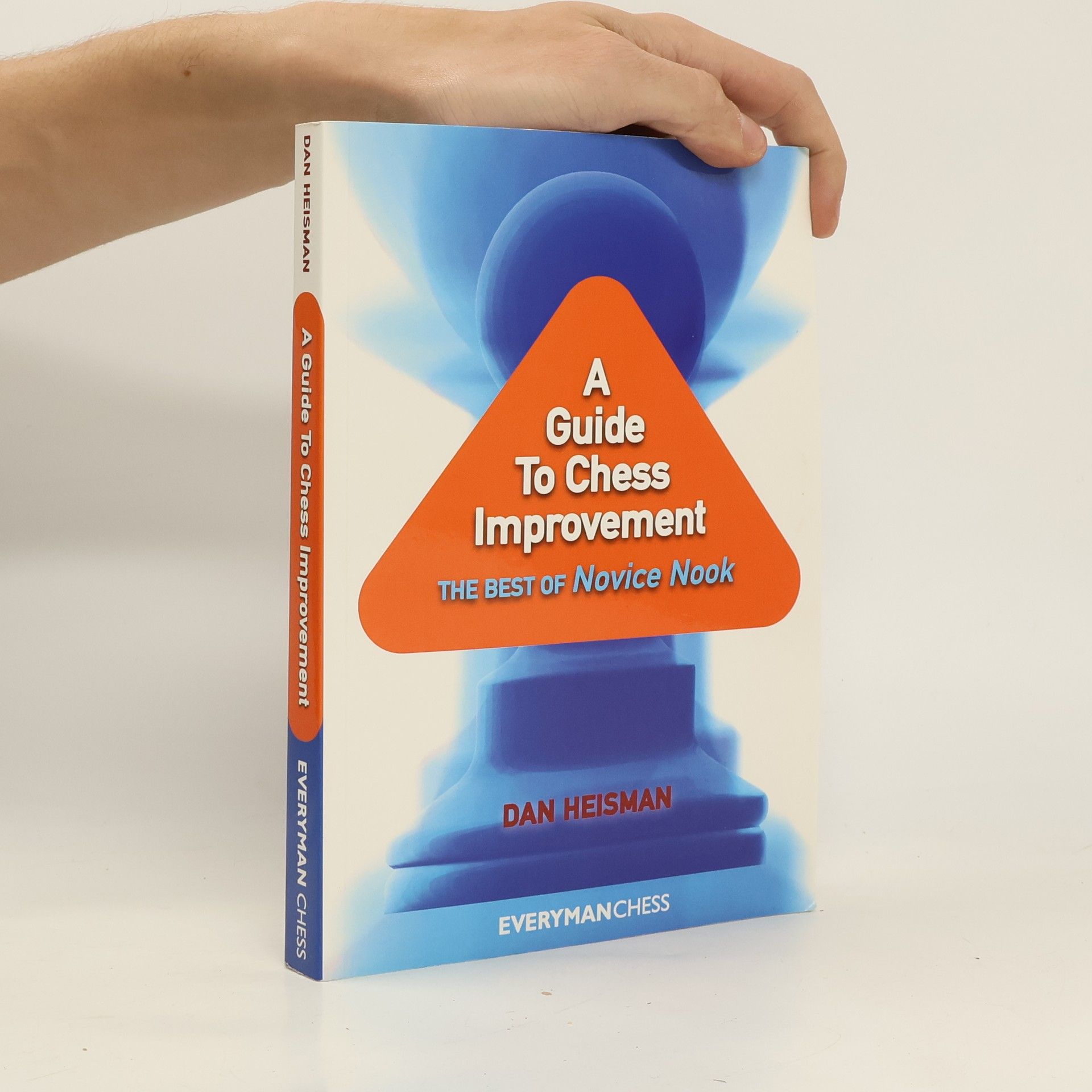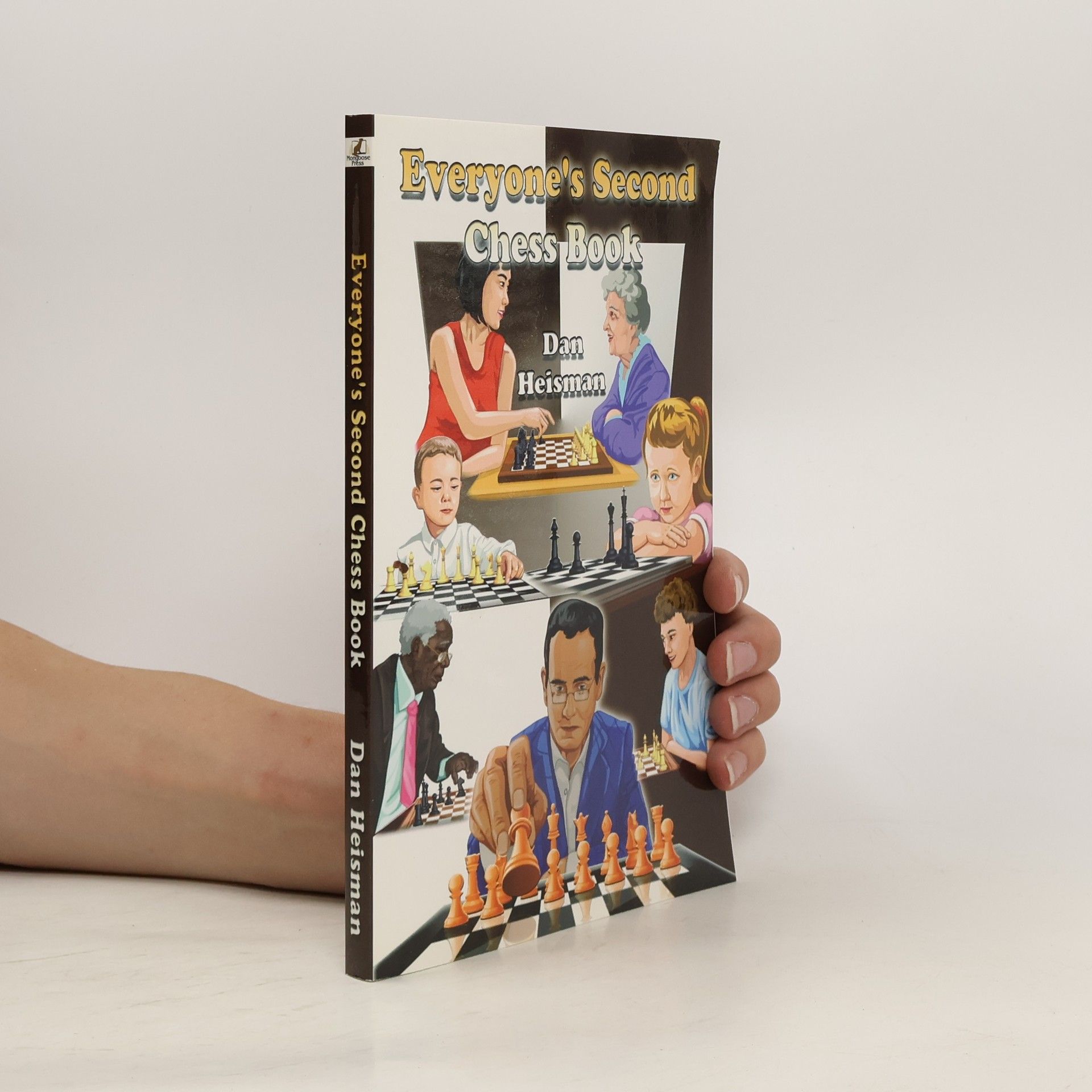Everyone's Second Chess Book
- 212pages
- 8 heures de lecture
You've just read a chess beginners' manual and learned the rules of the game, some simple tactics, maybe a few opening moves. What's next for the ambitious player? Everyone's Second Chess Book, of course! Acclaimed chess teacher Dan Heisman equips the not-quite-novice with the practical tools and knowledge needed to get started in competitive play: how to develop board vision; what to do when you're way ahead in material; how to avoid common mistakes in thinking; when to "believe" your opponent; even how to act properly at the chessboard. The author uses examples from inexperienced players to provide a wealth of common-sense advice, topping it off with a collection of illustrative games and practice puzzles. In this new and enhanced edition of a classic work, National Master Heisman adds chapters identifying the most important areas for the novice to focus on to advance to intermediate level; then exploring the dangers of stopping too soon when analyzing a position; and highlighting the value of making chess study fun so that the student will feel motivated to do the work. Read Everyone's Second Chess Book and start climbing up the ladder of chess success!





